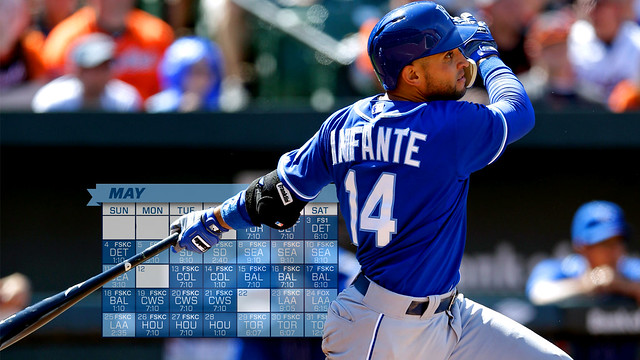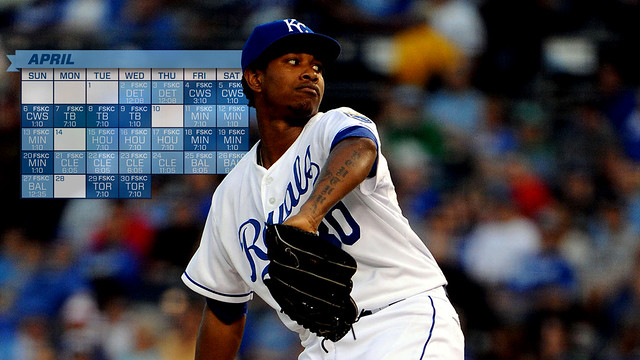371 days after I started, I've reached the 3/4 mark of my Strat-O-Matic season made up of four all-star teams compiled of Negro leaguers and pre-integration MLB Hall of Famers. For the full explanation, read part one here, and you can see the mid-season point post here. For the first time, there is some separation in the standings as the Smiths have pulled ahead of the pack a bit and the Charlestons have slipped. The Gibsons have actually been slightly better at run scoring and prevention than the Smiths, so it will be interesting to see how the last quarter of the season plays out between them.
The average ERA is 5.46 and the average OPS .843. Here are some leaderboards:
WAR - position players:
 |
| Oscar Charleston |
5.9 Babe Ruth RF (Ruths)
5.9 Ty Cobb CF (Gibsons)
5.1 John Beckwith 3B (Ruths)
5.1 Rogers Hornsby 2B (Charlestons)
4.4 Buck Leonard 1B (Smiths)
4.0 Joe DiMaggio CF (Ruths)
3.8 Tubby Scales 2B (Smiths)
3.8 Oscar Johnson LF (Charlestons)
3.7 Josh Gibson C (Gibsons)
WAR - pitchers (average of RA9-WAR & FIP-WAR):
7.0 Satchel Paige (Ruths)
6.3 Slim Jones (Gibsons)
5.9 Pete Alexander (Ruths)
5.4 John Donaldson (Smiths)
5.0 Big Bill Foster (Gibsons)
4.9 Smokey Williams (Charlestons)
4.8 Lefty Grove (Smiths)
4.7 Dazzy Vance (Gibsons)
3.9 Max Manning (Charlestons)
3.8 Hilton Smith (Smiths)
Bullet Rogan (Smiths) has a combined 3.9 WAR between his pitching and time in center field.
Oscar Charleston maintained the top WAR rating from mid-season, but he slipped from number one in average, OBP, slugging, and OPS:
OPS:
1.095 Babe Ruth (Ruths)
1.093 Oscar Charleston (Charlestons)
1.027 John Beckwith (Ruths)
1.013 Buck Leonard (Smiths)
1.003 Jimmie Foxx (Gibsons)
OBP:
.440 Ty Cobb (Gibsons)
.434 Oscar Charleston (Charlestons)
.428 Babe Ruth (Ruths)
.422 Oscar Johnson (Charlestons)
.417 Buck Leonard (Smiths)
SLG:
.667 Babe Ruth (Ruths)
.660 Oscar Charleston (Charlestons)
.629 John Beckwith (Ruths)
.608 Jimmie Foxx (Gibsons)
.596 Buck Leonard (Ruths)
AVG:
.369 Ty Cobb (Gibsons)
.364 Oscar Johnson (Charlestons)
.347 Oscar Charleston (Charlestons)
.343 Rogers Hornsby (Charlestons)
.335 Bullet Rogan (Smiths)
The home run race has become one of my favorite parts of the season:
38 Jimmie Foxx (Gibsons)
37 Babe Ruth (Ruths)
34 John Beckwith (Ruths)
32 Lou Gehrig (Charlestons)
29 Joe DiMaggio (Ruths)
ERA:
4.06 Slim Jones (Gibsons)
4.24 Big Bill Foster (Gibsons)
4.32 Pete Alexander (Ruths)
4.38 Satchel Paige (Ruths)
4.46 John Donaldson (Smiths)
FIP:
4.02 Satchel Paige (Ruths)
4.47 Pete Alexander (Ruths)
4.79 Slim Jones (Gibsons)
5.01 John Donaldson (Smiths)
5.04 Smokey Williams (Charlestons)
K%:
24% Slim Jones (Gibsons)
19% Satchel Paige (Ruths)
19% Dazzy Vance (Gibsons)
18% Lefty Grove (Smiths)
16% Smokey Williams (Charlestons)
BB+HBP%:
7% Satchel Paige (Ruths)
8% Dazzy Vance (Gibsons)
8% Max Manning (Charlestons)
8% Slim Jones (Gibsons)
9% Hilton Smith (Smiths)






















